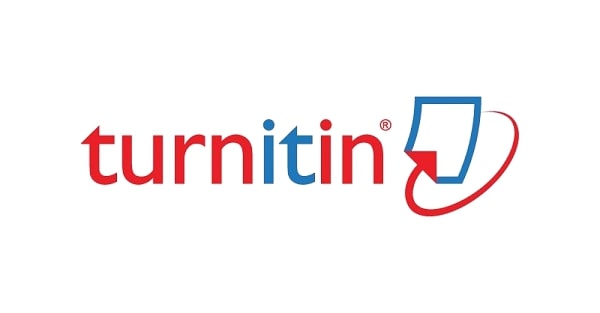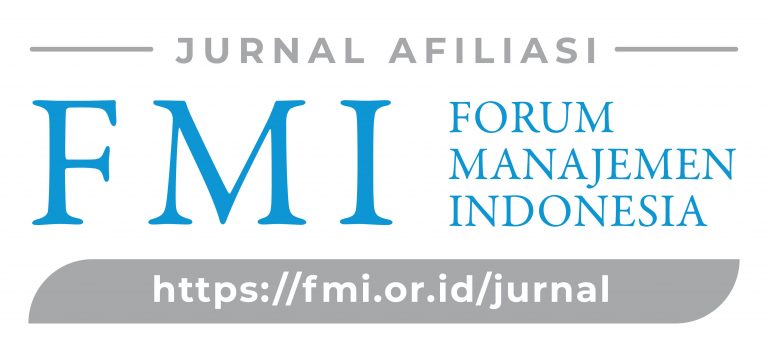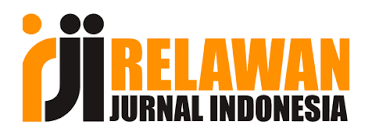Erlyna Tri Rohmiatun ANALISIS RATIO KEUANGAN UNTUK MENILAI KINERJA KEUANGAN PERUSAHAAN (STUDI KASUS PADA PT. ASTRA AGRO LESTARI TBK YANG TERDAFTAR DI BEI PERIODE 2014-2018)
Program Studi Akuntansi, Universitas Nahdlatul Ulama Sidoarjo *e-mail: erlynatri.akn@unusida.ac.id
Keywords:
Financial Performance, Financial Ratio Analysis, Economic Value AddedAbstract
The purpose of this study was to determine the financial performance of PT. Astra Agro Lestari, Tbk based on liquidity, leverage, activity and profitability ratio analysis. The type of research used in this study is the description and research method used is quantitative because there are numbers and calculations using formulas. The results of the study can be seen that the overall liquidity ratio is still below the industry standard. This shows that the company is not safe in the short term. Overall leverage ratios do not meet industry standards, this shows companies are able to manage assets well and reduce funding using debt. The overall activity ratio of the company is not above the standard, but the reve-able turnover is above the standard. The overall profitability ratio is below the standard. The company is not maximized in revenue from sales.
Downloads
Published
Issue
Section
License
Authors who publish with this journal agree to the following terms:
Authors retain copyright and grant the journal right of first publication with the work simultaneously licensed under a Creative Commons Attribution License that allows others to share the work with an acknowledgement of the work's authorship and initial publication in this journal.
Authors are able to enter into separate, additional contractual arrangements for the non-exclusive distribution of the journal's published version of the work (e.g., post it to an institutional repository or publish it in a book), with an acknowledgement of its initial publication in this journal.
Authors are permitted and encouraged to post their work online (e.g., in institutional repositories or on their website) prior to and during the submission process, as it can lead to productive exchanges, as well as earlier and greater citation of published work (See the Effect of Open Access).
















